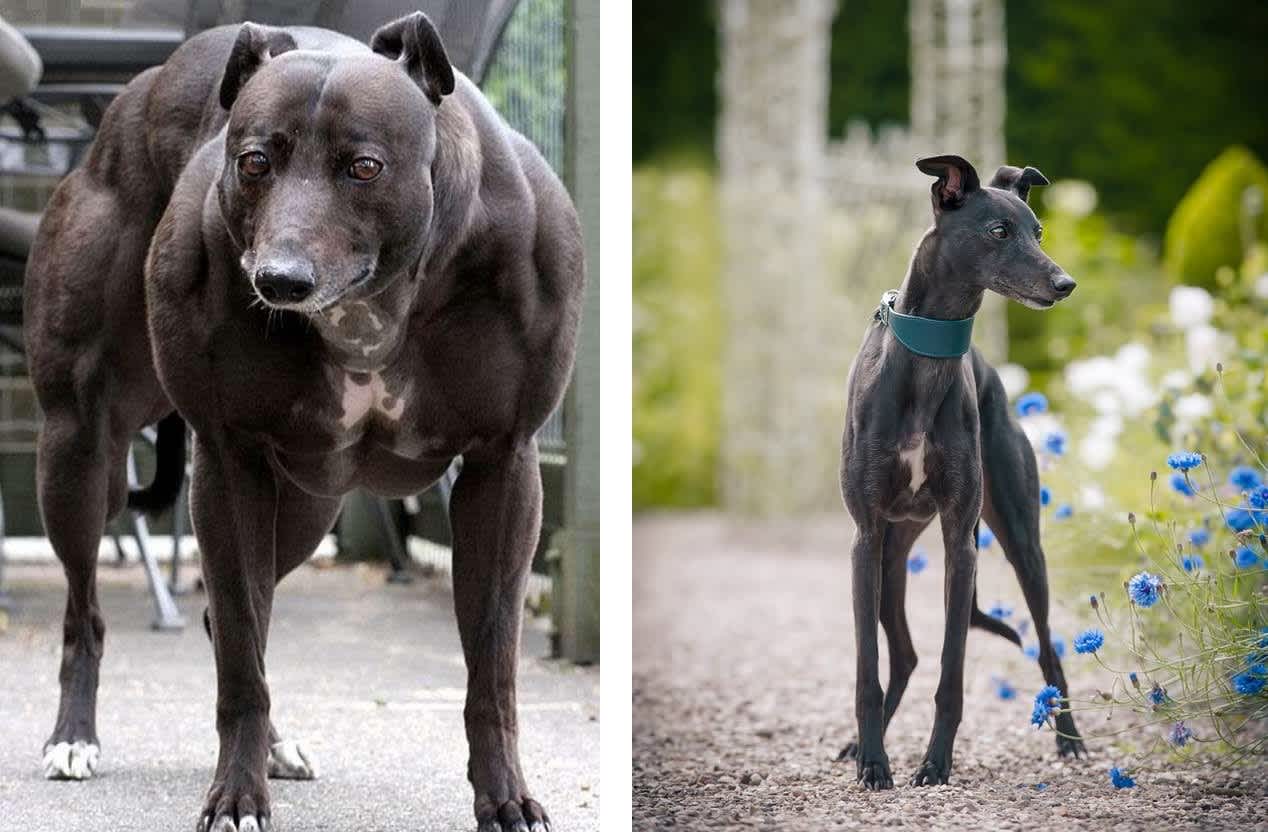Scientists Create Super Dogs with Twice the Muscle Mass
OutdoorHub Reporters 10.21.15

Are super-sized dogs the next big thing for hunting? Scientists with a research institute in China say they have successfully used “gene editing” to create two beagles with twice the muscle mass of a regular dog, and plans are already being made to increase their size, intelligence, and even eliminate diseases.
According to the MIT Technology Review, researchers accomplished this by deleting problematic genes. In the case of the beagles, scientists with the Guangzhou General Pharmaceutical Research Institute eliminated a gene called myostatin, which limited the dogs’ muscle growth.
“[The beagles have] more muscles and are expected to have stronger running ability, which is good for hunting, police, [and military] applications,” said Liangxue Lai, one of the lead researchers on the study.
The two beagles, named Tiangou and Hercules, are now 15 months old and appear to be in good health. They are extraordinarily muscular for their age and are only expected to get stronger as they grow into adulthood. With greater muscle mass, scientists say the dogs will be able to run faster, be more efficient—and intimidating—guard dogs, and generally more athletic.
To a lesser extent, gene editing to remove myostatin already existed in canines. Due to selective breeding, a mutation has occurred in whippets that decreased production of myostatin, leading to heavily muscled dogs that trainers call bully whippets. The famous of these dogs is a female bully whippet from British Columbia called Wendy, who carried two mutated copies of the myostatin gene and weighed about twice as much as a standard whippet.
Could you imagine going boar hunting with a dog like that?
The ultimate focus of the study is to analyze how gene editing may be used to treat genetic diseases and other issues in people. Beagles were used because they are somewhat anatomically similar to humans. Using a gene-editing technology called CRISPR-Cas 9, the scientists in China were able to edit 65 beagle embyros, of which ultimately 27 were born and only two received the correct mutations.
Man’s best friend is now his newest genetic engineering project. https://t.co/w950UuHfcs pic.twitter.com/NZIyY3A55U
— MIT Tech Review (@techreview) October 19, 2015
“It’s the one of the most precise and efficient ways we have of editing DNA in any cell, including humans,” George Church, a professor at Harvard University who is a leading pioneer in the field, told The Telegraph.
It is precisely the human applications that has some people worried. Gene editing can lead to anything from good looks to greater intelligence, to even ultimately a longer lifespan. Many critics of this technology are concerned that it offers too much power, while others say that they fear a trend of “customized babies” in the future.
After all, who does not want their child to be perfect?

